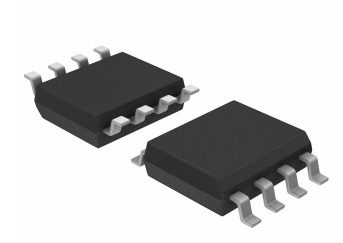How to make sure the audio amplifier is working best?
As users abandon traditional cable or satellite TV and want to see more unrestricted content, smartphones and other mobile devices are quickly becoming the primary platform for streaming and viewing content. To match a clearer, brighter visual experience, more and more phones are moving from mono or mono audio design to two-channel stereo for a better listening experience. As this trend continues, the need for smart power amplifiers is becoming more and more important. This means that smartphone OEMs will not only seek space savings in headset and hands-free mode, but also pursue energy efficiency and audio clarity to differentiate their products in the market competition.
Below is a list of designs to ensure that the Smart Boost Audio Amplifier is most effective.
l Efficacy - The SAR Insight study also confirmed that Class D has almost replaced Class AB amplifiers in many markets due to the increased efficiency of Class D audio amplifiers . Higher efficiency can also be achieved in the design. For example, Cirrus Logic's 11-volt Boost Class D amplifier also uses Class H dc-to-dc converters to boost supply with higher efficiency than Class G, while the additional battery management system predictably adapts to changing audio, horn and Battery conditions to regulate battery current and save power. This emphasizes the evolving technology and "enhancement" of boost audio amplifiers.
l Dimensions - Board space is always a consideration when incorporating features into portable devices. One option is to place two miniature speakers on the top and bottom of the phone. Audio amplifiers must be smaller and more integrated, especially if there are two now. To solve the size problem, Cirrus Logic uses its 55nm technology to design its latest CS35L41 smart boost amplifier with DSP, making it easier for OEMs to adopt dual speaker designs without sacrificing the space required for other new features.
l Speaker protection - In many applications where small speakers are used, such as smartphones, it is becoming more and more common for embedded DSPs in amplifiers to use speaker protection algorithms. These algorithms enable higher output without damaging the speakers. For example, Cirrus Logic audio amplifiers achieve more than 5 watts of power in a 1-watt speaker. This new boost audio amplifier delivers the power needed for higher offsets to produce louder, sharper audio, especially on hands-free phones without damaging ultra-compact micro speakers.
l Audio Enhancement - Even with all of these features, not all audio enhancements are the same. In order to produce better definition and enhanced stereo audio to match those vivid and larger screens and visual content, advanced algorithms in integrated DSPs should also address audio design issues such as equalization, compression and psychoacoustic enhancement to fine tune audio. Playback.


